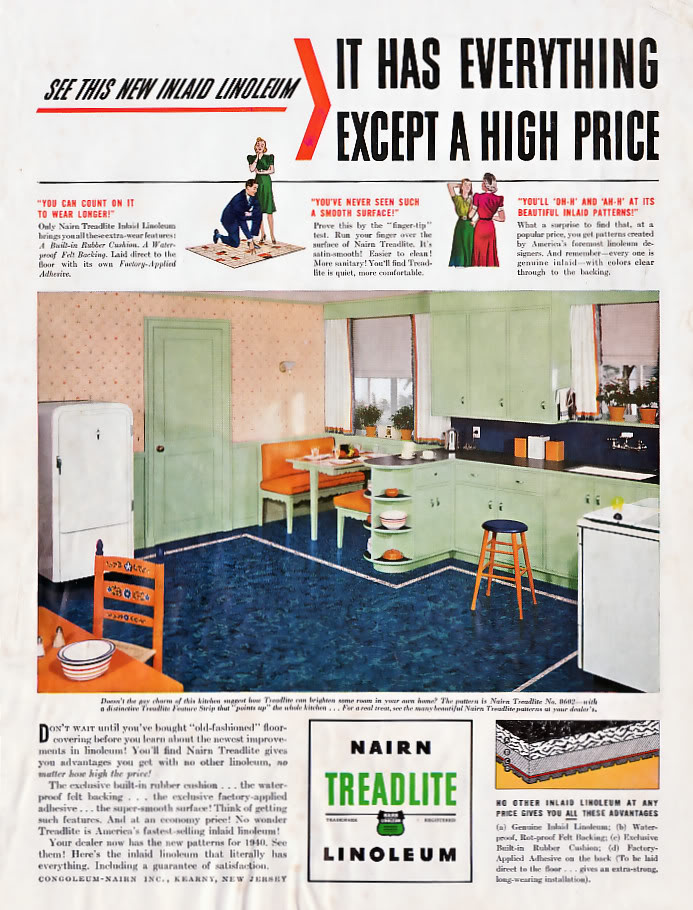“It was kind of unreal,” the Steamboat Springs, Colorado native said, describing his recent 34th birthday fete at Kandahar Airfield, better known as KAF. “At least for a few minutes, you could pretend you were somewhere else. It was like going back home” (source).
“I was expecting to arrive in a warzone but instead here I am wearing sunglasses in the sun and eating a baguette,” said Dimitra Kokkali, a NATO contractor newly arrived from Brussels. “On my first night I surprised my family by calling them from an outdoor rock concert” (source).
A Time magazine slideshow, titled “R&R at Kandahar Airfield,” uses images to describe how the busiest airport in the world “tries to re-create the comforts of home for the coalition forces in Afgahnistan.” Kandahar Airfield is the busiest airport in the world because all supplies and troops pass through on their way to or from war in Iraq or Afghanistan. At any given time there are about 25,000 service members and civilian contractors at the airfield.
These images of the Kandahar’s “Boardwalk” recreation area are striking for a few reasons. First, they show a blurring of the line dividing the homefront and the warfront. The slide show includes images of service members using FaceBook in computer labs, and eating meals in their fatigues at TGI Fridays.
Second, these images reflect that there is increasing emphasis on how service members are supported and cared for by the military during wartime. These photos show the side of war that is not about fighting and danger—instead, they are about the comfort and making a foreign land where they are fighting as “homelike” as possible.
Third, these show the blurring of the boundary between the military and privately owned businesses. Civilian Contractors are augmenting military personnel during the wars in Iraq and Afghanistan and the inclusion of these civilian contractors in war zones has raised the issues of the safety of civilian workers and the costs of hiring corporations (Contexts).
Finally, as a consequence of the blurring of the boundaries of homefront and warfront, the division between the country of Afghanistan and the military is sharpened. Afghanis (except for those few with security clearance) are not allowed to shop or enjoy the free entertainment on the Boardwalk at Kandahar. Meanwhile, service members can safely buy souvenirs on the Boardwalk itself. Afghani culture is commodified as a tourist attraction in this theme park-like Boardwalk setting.
All of these images speak to the changing boundary between the homefront and the warfront, and as a result, changes in how we, as a country, view war. Instead of the images of brutality, death, and chaos that Americans saw in their living rooms on TV during Vietnam, for example, these images show the military taking care of service members who are being entertained, keeping in touch with loved ones, and having fun.
But as this service member describes, walking the Kandahar “Boardwalk” in a warzone is still a jarring experience:
“I couldn’t believe I was in Kandahar eating a double-dipped chocolate ice cream at sunset on a Saturday afternoon,” said Coleman, who was downing a strawberry smoothie from the French bakery behind him, where an Eiffel Tower climbs a wall above picnic tables with fake potted plants.
“It was a surreal experience,” he said, as a jet fighter roared across the sky, letting loose a stream of defensive white flares. “I remember thinking, ‘We’re in the heart of the war-zone. The bad guys are 10 miles away. And here we are eating soft-serve ice cream'” (source).
Wendy Christensen is a Visiting Assistant Professor at Bowdoin College whose specialty includes the intersection of gender,war, and the media.




























